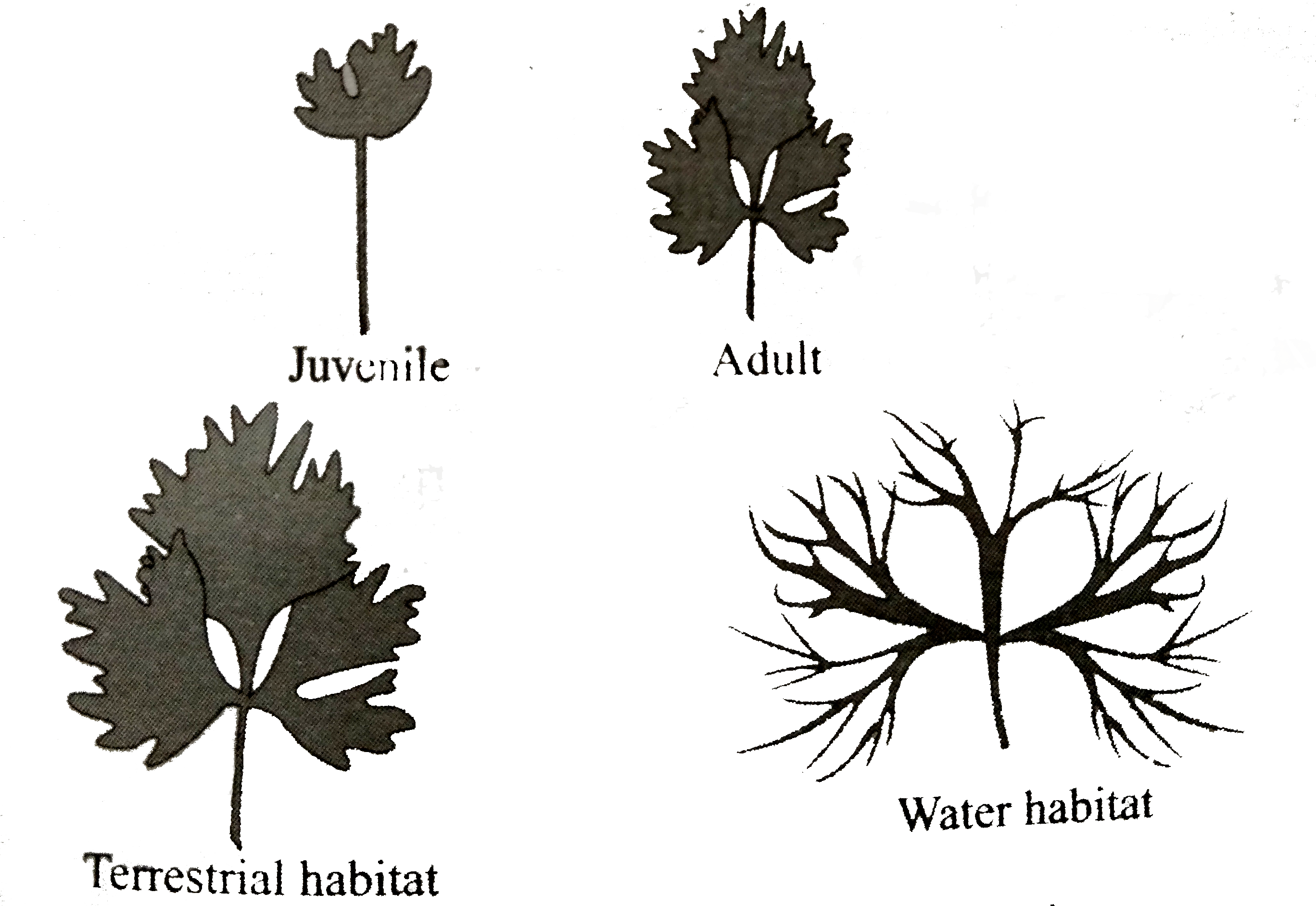The movement of plant organs in response to force of gravity is called
Phototropism
Thigmotropism
Geotropism
Chemotropism.
The correct Answer is:C
Step-by-Step Solution:
1. Understanding the Question: The question asks for the term that describes the movement of plant organs in response to the force of gravity.
2. Identifying the Options: The options provided are:
- A) Phototropism
- B) Thigmotropism
- C) Geotropism
- D) Chemotropism
3. Analyzing Each Option:
- Phototropism: This refers to the movement of plants in response to light. Since the question is about gravity, this option is incorrect.
- Thigmotropism: This is the movement of plants in response to touch or contact with a solid object. Again, this does not relate to gravity, making this option incorrect.
- Geotropism: This term specifically refers to the movement of plant parts in response to gravitational pull. This aligns perfectly with the question, indicating that this is the correct answer.
- Chemotropism: This describes the movement of plants in response to chemical stimuli. Since this does not involve gravity, this option is also incorrect.
4. Conclusion: After analyzing all the options, the correct answer to the question is Geotropism (Option C), as it directly relates to the movement of plant organs in response to gravity.
Final Answer: The movement of plant organs in response to the force of gravity is called Geotropism.
---
- A) Phototropism
- B) Thigmotropism
- C) Geotropism
- D) Chemotropism
- Phototropism: This refers to the movement of plants in response to light. Since the question is about gravity, this option is incorrect.
- Thigmotropism: This is the movement of plants in response to touch or contact with a solid object. Again, this does not relate to gravity, making this option incorrect.
- Geotropism: This term specifically refers to the movement of plant parts in response to gravitational pull. This aligns perfectly with the question, indicating that this is the correct answer.
- Chemotropism: This describes the movement of plants in response to chemical stimuli. Since this does not involve gravity, this option is also incorrect.
Topper's Solved these Questions
- Plant Growth and MovementsBOOK - DINESH PUBLICATION ENGLISHCHAPTER - Plant Growth and MovementsEXERCISE - RQ
435 Videos
- Plant Growth and MovementsBOOK - DINESH PUBLICATION ENGLISHCHAPTER - Plant Growth and MovementsEXERCISE - CYG
20 Videos
- PLANT BREEDING AND DISEASE CONTROLBOOK - DINESH PUBLICATION ENGLISHCHAPTER - PLANT BREEDING AND DISEASE CONTROLEXERCISE - Check your Grasp
10 Videos
- PLATYHELMINTHES-THE FLAT WORMSBOOK - DINESH PUBLICATION ENGLISHCHAPTER - PLATYHELMINTHES-THE FLAT WORMSEXERCISE - check your grasp
9 Videos
Similar Questions
Knowledge Check
Different kinds of structures develop in plants in different phase of growth or in response to enviornment. This ability is called_____.
 AplasticityBelasticityCheterophyllyDdifferentiation
AplasticityBelasticityCheterophyllyDdifferentiation
Movement of plant part in response to touch is
View SolutionWhat is the force of gravity .
View SolutionTurgor movements occur in response to
View SolutionName the following:
Growth movements made by plants in response to contact (touch) with a solid object.
View SolutionMovement of Amoeba in response to current of air and water is termed as
View SolutionMention if the following statements are true or false,
The secondary roots and branches place themselves at right angles to the force of gravity and are called diaphototropic.
View SolutionPlant movement in response to diffuse stimulus of light is
View Solution
